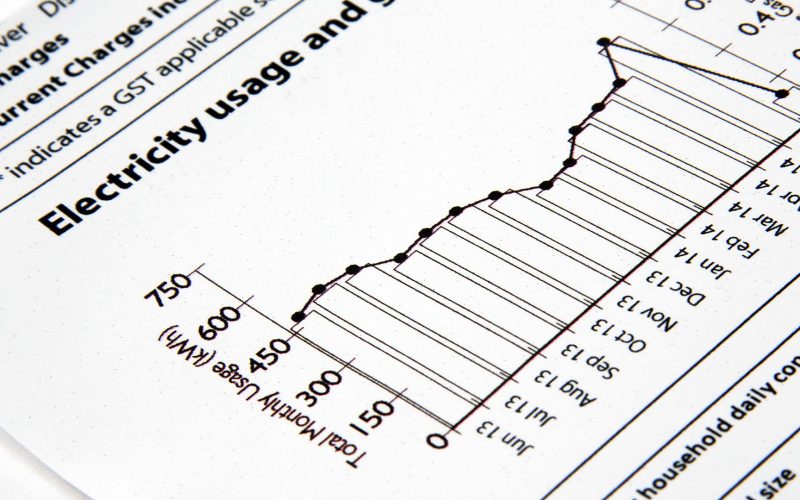THE VOICE FOR THE ENERGY CONSUMER
The Keystone pipeline just passed an important milestone: last month, TransCanada announced that the pipeline has safely delivered more than one billion barrels of crude oil since construction finished five.
Leaving one household chore off your checklist could save time, water, energy AND money according to several organizations dedicated to promoting energy efficiency. Consumer Reports, the Environmental Protection Agency’s Energy.
Consumer Energy Alliance President, David Holt released this statement following today’s release of the U.S. Environmental Protection Agency’s final Clean Power Plan: “Consumer Energy Alliance is disappointed that the White.
The American economy is literally energized by one of the world’s most complex and efficient machines – the nation’s electrical grid and its associated power plants. Since Edison and the.
Interesting news if you regularly fill your tank with diesel fuel instead of gasoline! For the first time in six years, average diesel prices are cheaper than gasoline. But it’s.
HOUSTON – Consumer Energy Alliance (CEA) is pleased to welcome the Crafton, Tull & Associates as its newest affiliate member. Since 2007, the Crafton Tull Energy Division has surveyed over.

Feel like your energy bill is higher than most? Depending on where you live, you might be right. With more Americans looking for a reprieve from the blistering hot weather.
The Obama administration has granted two permits which allow Royal Dutch Shell PLC to start drilling exploratory wells in Alaska’s Chukchi Sea. The permits only allow the oil giant to.
HOUSTON – Consumer Energy Alliance (CEA) is pleased to welcome the West Virginia Oil and Natural Gas Association (WVONGA) as its newest affiliate member. Chartered in 1915, WVONGA is one.
HOUSTON – Consumer Energy Alliance (CEA) is pleased to welcome Voovio as its newest affiliate member. Voovio is a visualization technology that revolutionizes the way industrial companies manage their operations,.